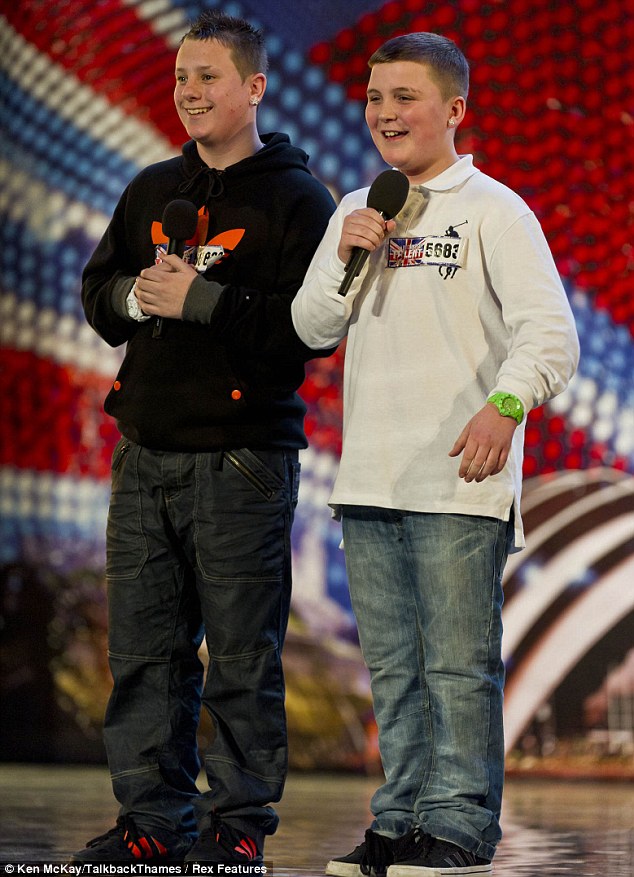Sew La Ti Embroidery [Search results for kid]
Gay man directing Gaiman

Top 10 Things Two Gay Dads Learned From Their Kid

Britain's Got Talent 2011: Teenage rappers The Right Path left in tears after heartfelt tribute to their grandfathers

The Bulldogs (based on an underground comic-book)

Handmade Christmas part 3
The 64th Cannes Film Festival on May 22, 2011 in Cannes, France

angelina jolie tattoos 2011 how many 2010 best new

A new yummy garland
First finished quilt and other stuff.
holly weber wallpaper new 2010 top

Picasso, Matisse and... Tim Burton!..
Starting Young




